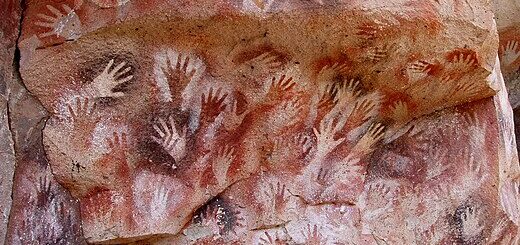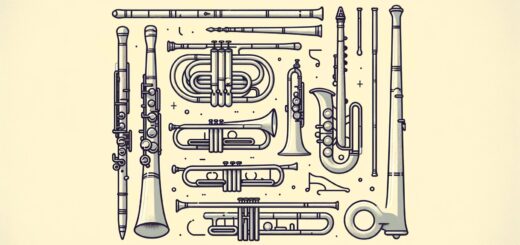homo interneticus

What a discovery (never mind that it’s been under my nose for years.)! I learned about Michael H. Goldhaber and his contrasting terms homo interneticus and homo typographicus in the journal The Economist just a few days ago. In print. It was a news item, specifically an observation about the difference between our Prime Minister, Keir Starmer, and the leader of the opposition Tory party, Kemi Badenoch. Differences are not hard to spot: he’s white and she’s black, he’s a socialist and she’s a Thatcherite. But what really matters, the Economist points out, is that he’s typographicus and she’s interneticus.
Goldhaber’s terms address us as a species, describing a shift of evolutionary proportions in terms that make the turbulence clear. Here I’m trying to scale it down to “us” as writers and readers who use the internet. Here’s a short quote from one of Goldhaber’s publications (These are not so easy to find. He’s “the internet theorist you’ve never heard of”).
For any text to continue to hold our attention on the Internet, it must be calibrated so as to: provide just the right level of excitement to sustain interest; not introduce matters so strange that the reader cannot follow or is tempted to seek explanations on other sites; to present arguments of only moderate complexity — again not to distract or bore the reader; and gather the reader’s sympathy by presenting materials likely to resonate with her. Opportunities to escape these limitations that might do for a printed work are far more risky in the Internet environment, where attention can quickly stray. Despite the apparent democracy of the Internet, where anyone has an equal chance to create a site or blog, these tight restrictions demand a high degree of talent and ingenuity for success.


